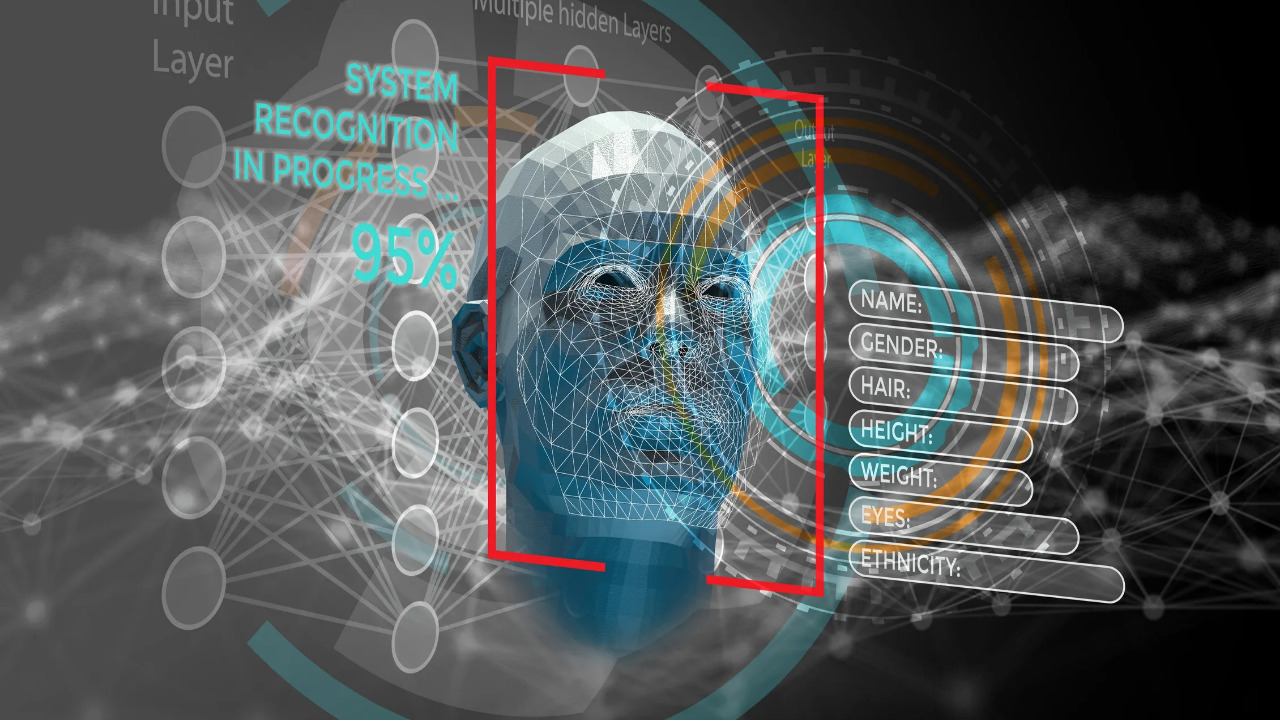In the age of social media dominance, platforms like Instagram have transcended their original purpose of sharing photos and moments to become powerful tools for communication, activism, and even crime prevention. The vast amount of data generated on Instagram presents a unique opportunity for law enforcement agencies and researchers to gain insights into potential criminal activities, thus paving the way for innovative approaches to crime prevention. This article delves into the intriguing realm of utilizing Instagram data to prevent crimes, highlighting its significance and potential through three key subheadings: “Unearthing Digital Footprints,” “Detecting Suspicious Patterns,” and “Ethical and Privacy Considerations.”
Unearthing Digital Footprints

Hashtags, once merely a way to categorize content, now serve as digital markers that can uncover intricate narratives and connections. Law enforcement agencies have begun to recognize the value of hashtags as they can provide insights into events, movements, and gatherings that might have criminal implications. By analyzing hashtags associated with certain keywords or trends, law enforcement professionals can identify potential threats or illegal activities. For example, monitoring hashtags related to illicit substances or gang activity can aid in early intervention and prevention. Moreover, studying location-based hashtags can reveal the movement and potential convergence of criminal groups. This, along with a 3-day SimplyGram trial, can considerably increase the number of your followers.
Detecting Suspicious Patterns
Beyond hashtags, Instagram data presents opportunities to detect suspicious patterns through user behavior analysis. Machine learning algorithms can be trained to identify unusual posting habits or content that deviates from a user’s normal behavior. Sudden shifts in posting frequency, content type, or interactions could signify distress or involvement in criminal activities. By cross-referencing such anomalies with other online data and real-world information, law enforcement can potentially pinpoint individuals who require further scrutiny or intervention. Moreover, geotagged posts can offer insights into potential hotspots for criminal activities, helping law enforcement allocate resources effectively.
Ethical and Privacy Considerations

While the potential benefits of leveraging Instagram data for crime prevention are substantial, ethical dilemmas and privacy concerns must be navigated thoughtfully. Striking a balance between public safety and individual privacy is paramount. Transparent guidelines for data collection, usage, and retention must be established, ensuring that user rights are respected. Anonymization techniques should be employed to protect user identities during data analysis. Additionally, maintaining strict oversight to prevent potential misuse or overreach by law enforcement agencies is crucial. Collaborative efforts involving tech companies, policymakers, and civil rights advocates can contribute to the development of ethical frameworks that enable crime prevention without compromising individual liberties.
Conclusion
The transition from hashtags to heists exemplifies the evolution of social media’s role in our lives. Instagram’s wealth of data provides a treasure trove of information that can be harnessed for crime prevention efforts. By unearthing digital footprints through hashtags, detecting suspicious patterns in user behavior, and navigating ethical considerations, Instagram data can be a powerful tool in the hands of law enforcement agencies and researchers. However, striking the right balance between crime prevention and individual privacy remains a challenge that requires careful attention. As technology continues to advance, the responsible and judicious use of Instagram data could mark a paradigm shift in the way we approach crime prevention, ushering in a new era of proactive safety measures.
